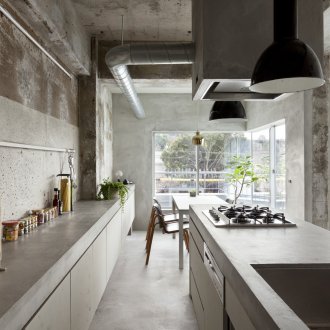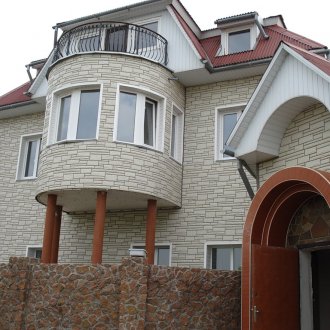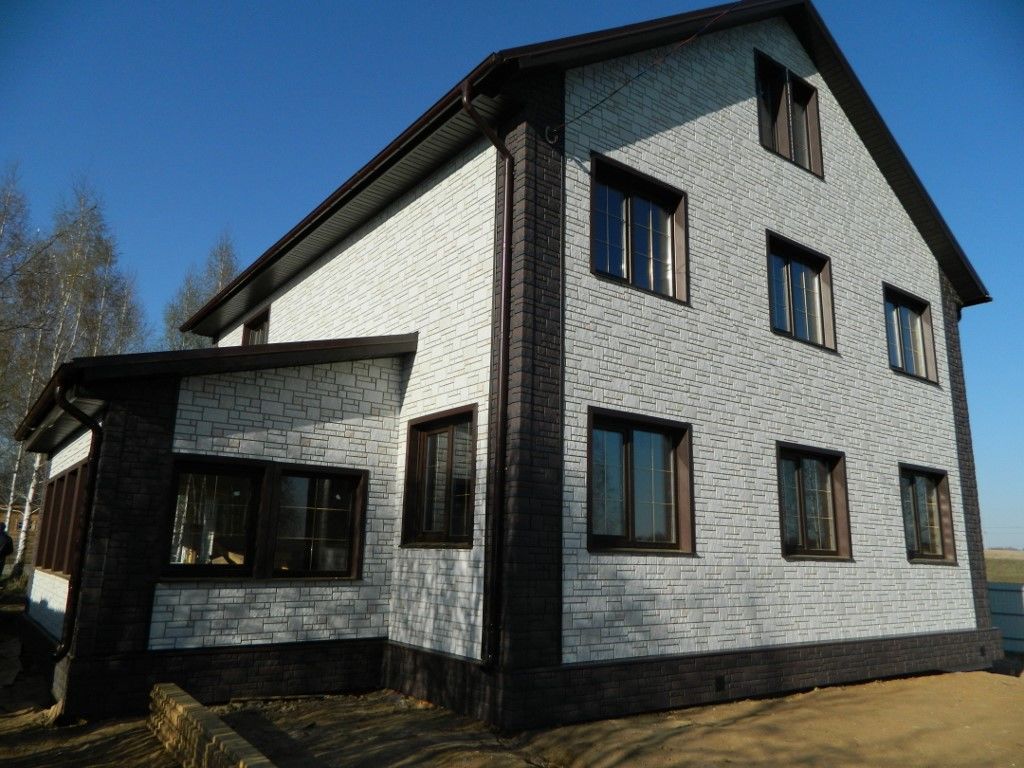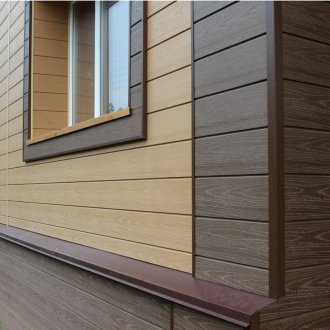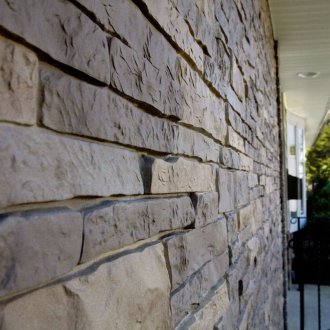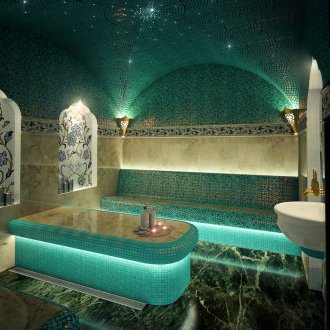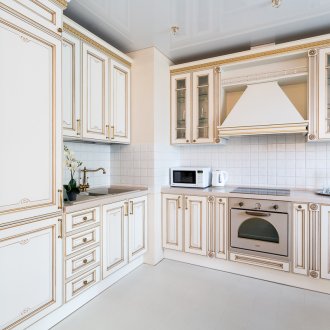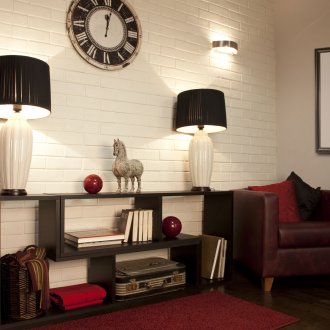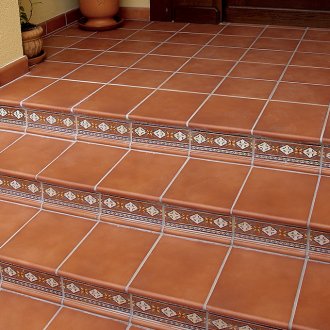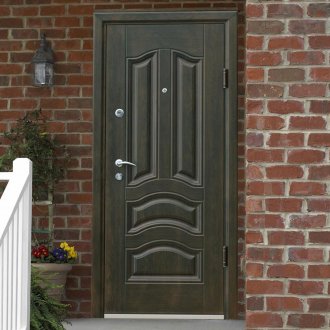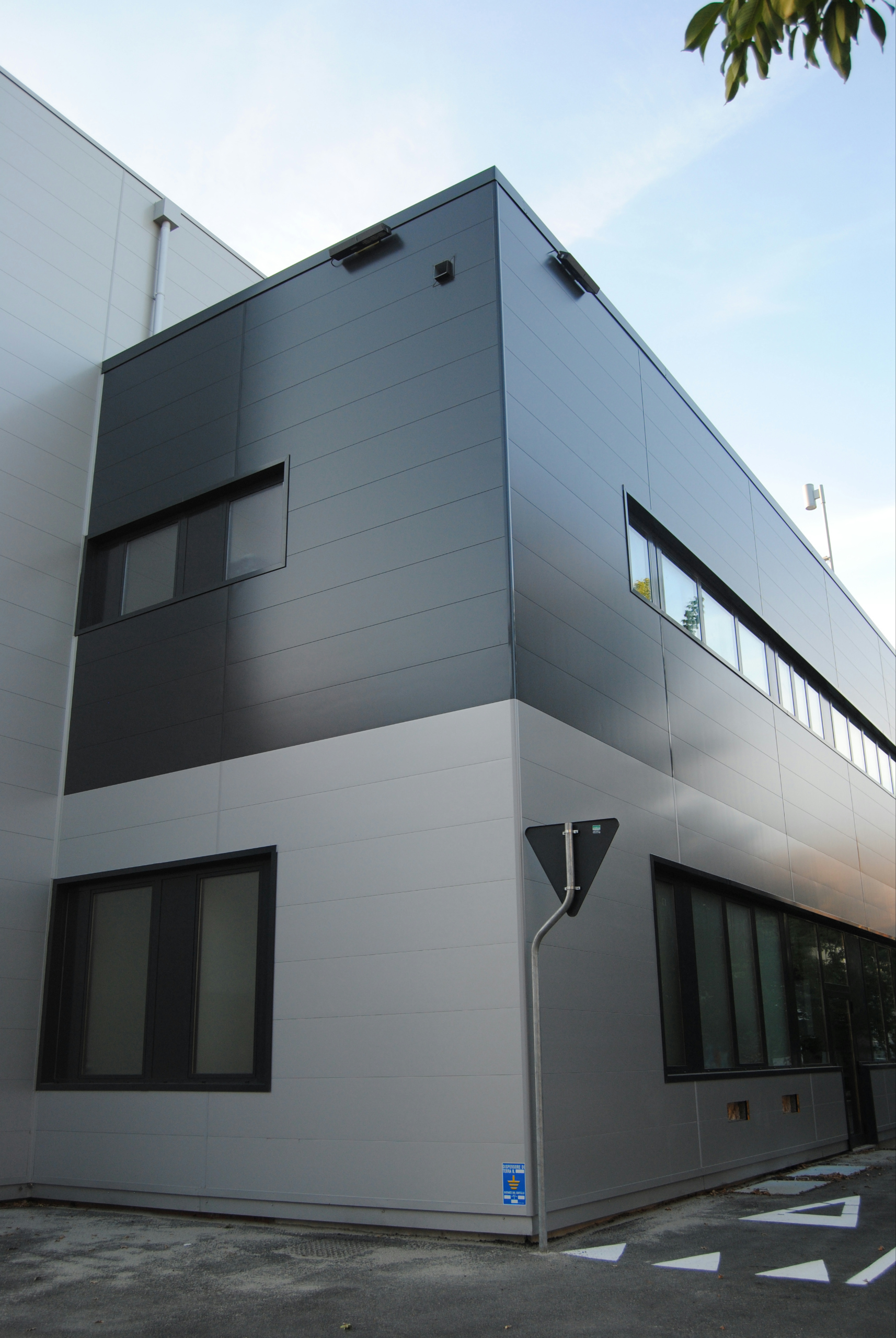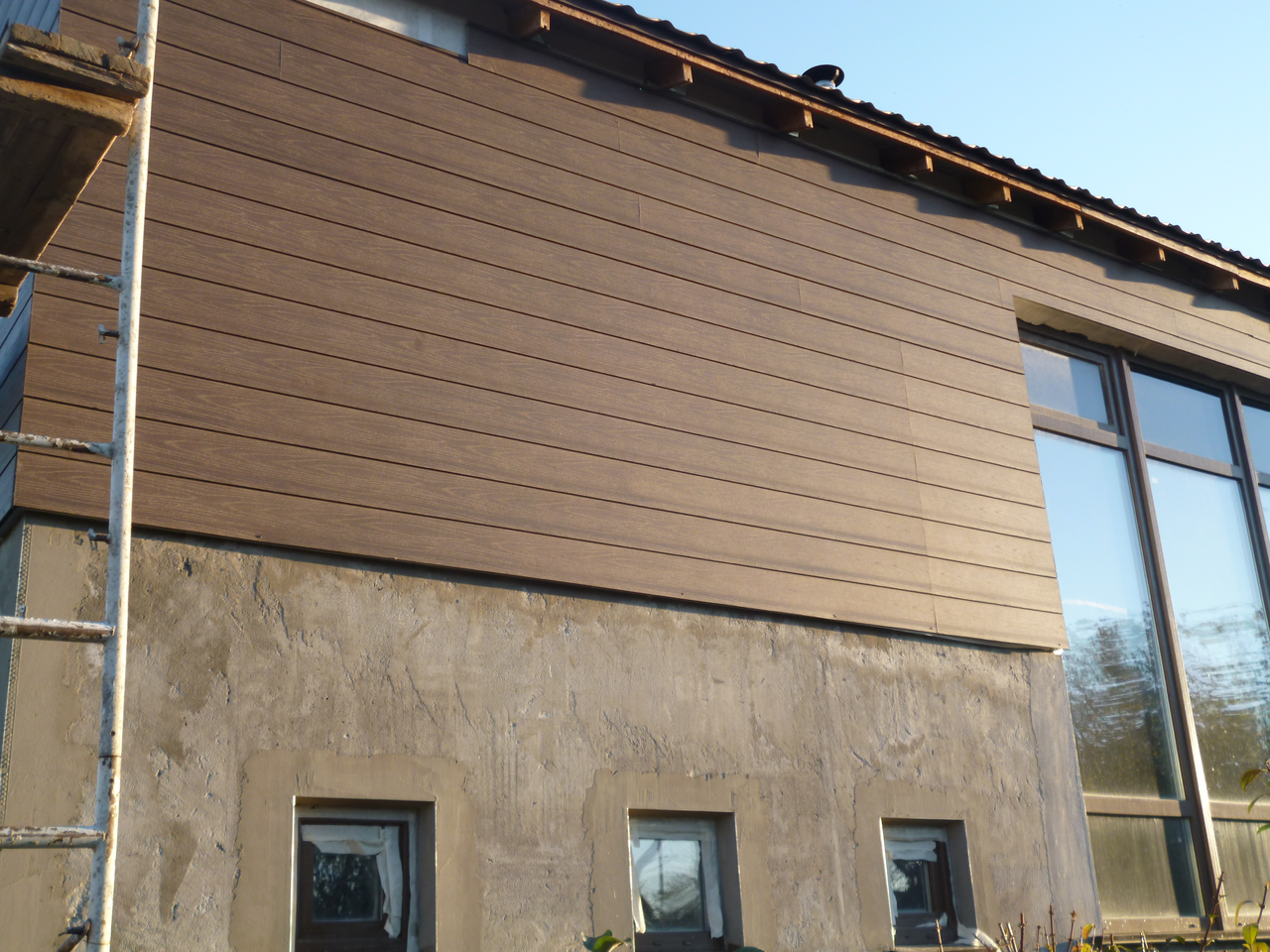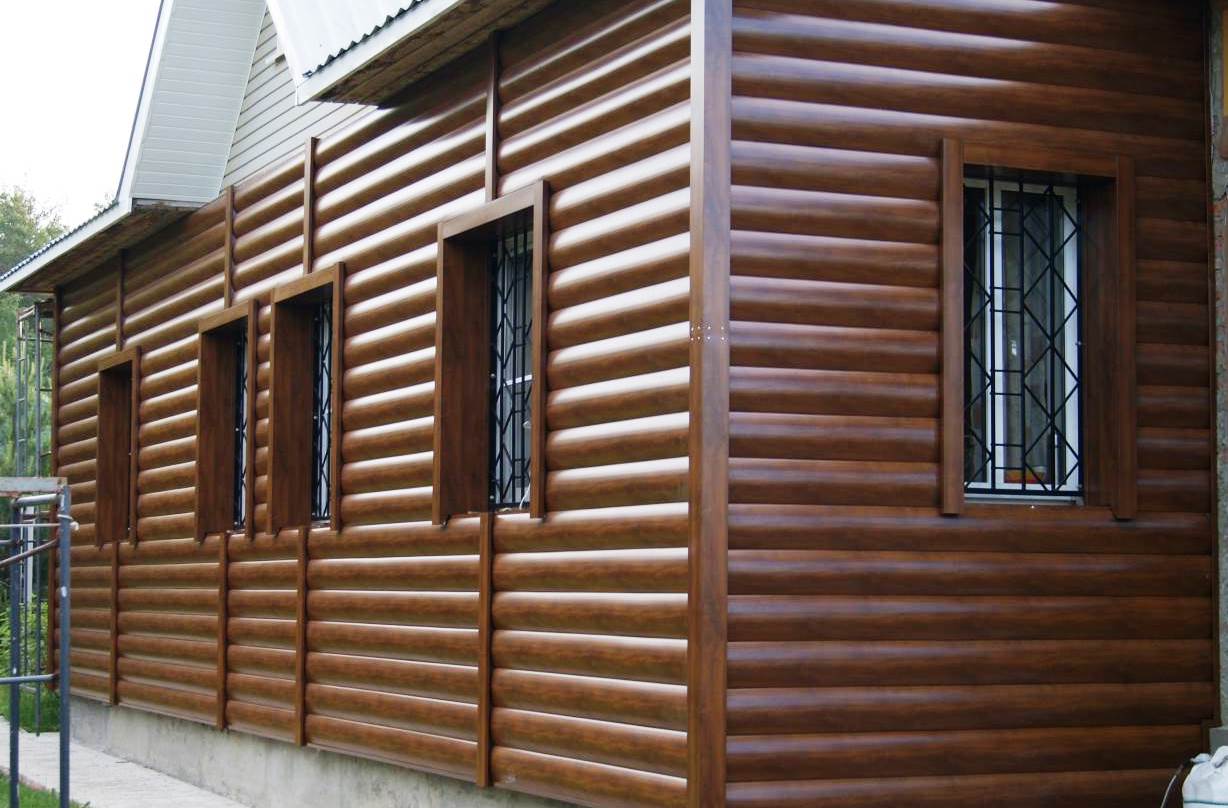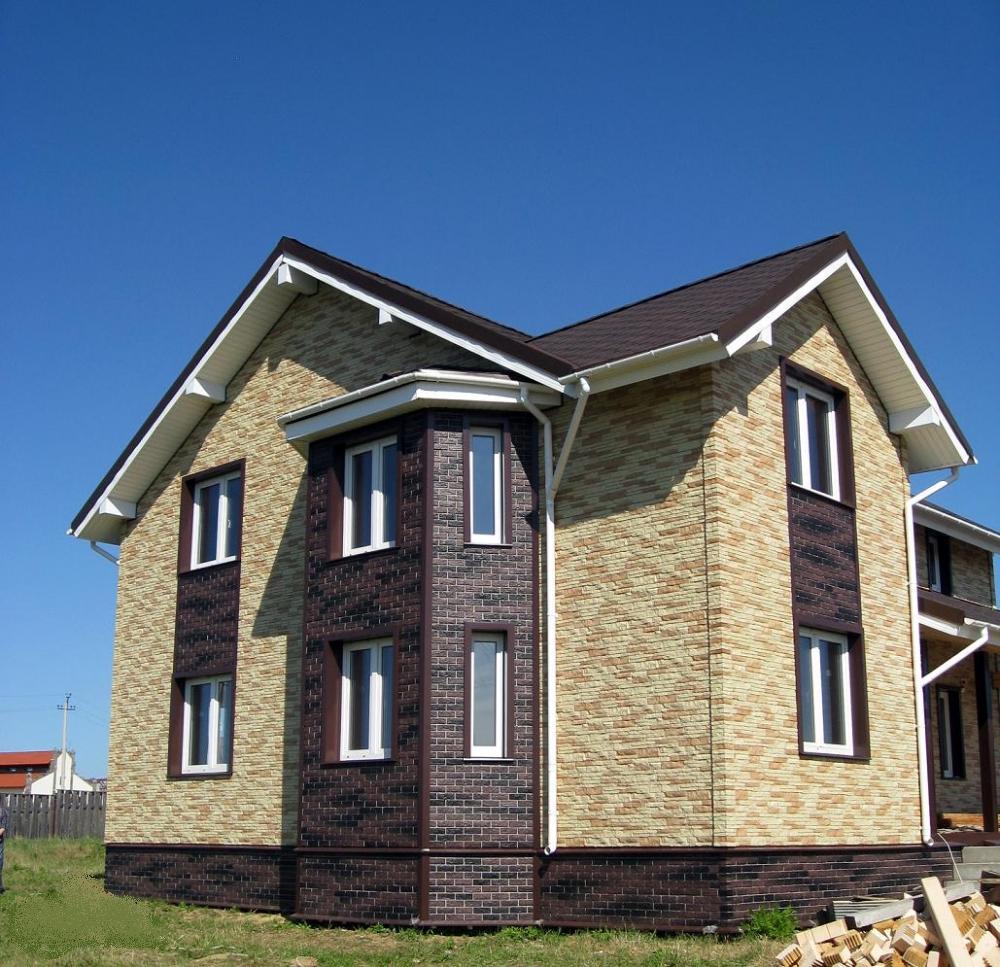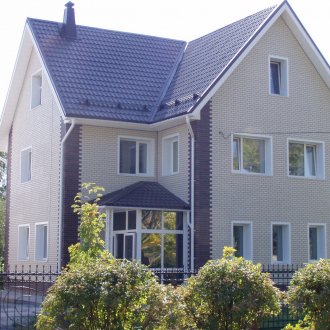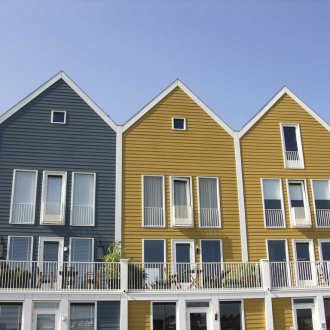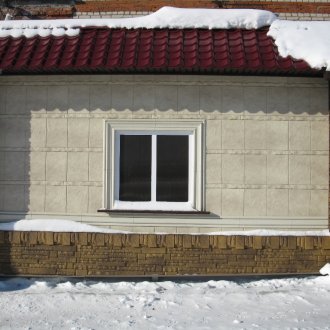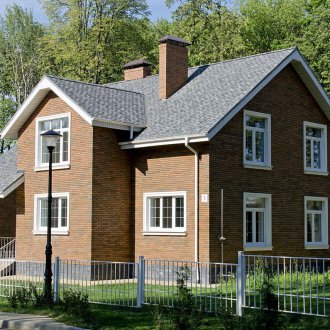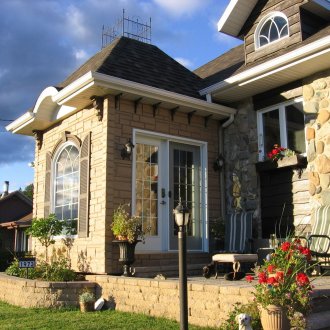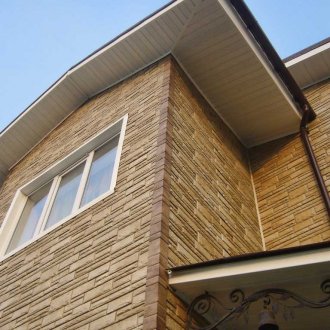Front panels: main types and features of installation (21 photos)
Content
When carrying out work on the exterior decoration of the building, many customers try to avoid wet work. They increase the construction time, do not always meet the quality requirements. It is not surprising that in the last decade, facade panels for the exterior decoration of the house, made of various materials, have become very popular. They are used in ventilated facade systems; they are used for decorating walls and socles, pediments and cornices.
The main types of facade panels
Manufacturers actively use classic and modern materials in production. Due to this, new types of facade panels regularly appear, which are used for finishing work at objects for various purposes. The most popular types of products include:
- smooth front panels of PVC;
- polyester coated galvanized steel panels;
- composite front panels with a crumb from a natural stone;
- thermal panels with clinker cladding;
- fiber-reinforced concrete panels.
All these types of facade panels are used for facing residential and commercial real estate, industrial buildings.
Galvanized steel façade panels
Companies specializing in the production of metal tiles produce materials such as metal facade panels coated with polyester. They can have a smooth or corrugated surface, the connection to the lock provides a simple and quick installation. The basis of steel panels is galvanized metal with a thickness of 0.5-0.7 mm, characterized by a long service life.
The polymer coating applied over galvanized steel not only protects the metal panels from mechanical stress, but also gives it a color. In the assortment of large manufacturers, polymer facade panels are 12-15 basic colors, plus it is possible to order products with any shade from RAL catalogs.
Where are galvanized steel façade panels with a protective polymer layer used? This material can be safely called one of the most universal, it is used:
- when facing facades of shops;
- when decorating pavilions;
- for hemming of eaves of a tent roof;
- for finishing gables of gable and multi-pluck roofs;
- for exterior and interior decoration of service stations, car washes, gas stations;
- for filing pylons;
- when facing facades of country houses;
- during the construction of large shopping and sports centers.
The length of the panels can be ordered at the factory, it reaches 6 meters, which greatly facilitates the work on objects of any scale.
Steel facade cladding panels have many advantages:
- affordable price;
- simple installation;
- light weight;
- the possibility of vertical and horizontal installation;
- long term of operation;
- biostability;
- easy care.
Metal facade panels are made of wood, imitating not only the pattern and shade of the texture, but the surface topography. Unlike porcelain stoneware, the installation of facade panels of this type does not require a thick steel profile and special clips.When decorating small buildings, inexpensive components for drywall and metal screws are used.
Very often, facade panels are made in parallel with insulation. Such systems are called ventilated facades, as thermal insulation they use basalt wool, extruded polystyrene foam, polystyrene and other materials. They are used in the reconstruction of wooden houses, industrial premises and the construction of commercial real estate. Buildings with ventilated facades become warm, and light weight allows you to do without strengthening the foundation.
Composite facade panels
Many developers consider galvanized steel panels for houses made of polymer coating irrelevant. The minus of the material from their point of view is the small color gamut, monochrome and technical nature of the surface. To make them warmer allowed the application of crumbs from natural stone. This diversified the color gamut, eliminated monochrome, made the surface more textured. Such panels can be used for exterior decoration of residential buildings, while the facade will resemble a surface of decorative plaster. The difference from it will be significant - a long service life and low operating costs attract practical buyers to composite panels.
Front panels made of plastic
Plastic facade panels owe their popularity to low cost. They are made of PVC, can be smooth, corrugated, have a textured surface. The most popular type of panel of this type is vinyl siding, which imitates the finish of a shipboard. It is actively used in the decoration of old wooden houses, garden pavilions, small cottages. This material is lightweight, does not load the foundation and supporting structures.
Smooth vinyl facade panels are used for facing gables, hemming cornices. Are produced monotonous, under the wild stone and wood, various types of fabrics. The disadvantage is the low strength, so they try to use plastic panels for secondary work.
Brick and stone thermal panels
Decorating a house with facade panels is often carried out in parallel with insulation. Moreover, not all potential customers are satisfied with the fact that the facing material is plastic or metal. This has led to the appearance of products such as facade panels with insulation trimmed with clinker tiles, artificial and natural stone. This material was in strong competition not only with porcelain stoneware, but also with facing bricks.
Compact clinker facade panels imitate masonry, while their installation does not require high qualifications. Another advantage of these thermal panels is their light weight, with their help you can finish a wooden house and turn it into a respectable mansion. Practical brick facade panels can easily compete with this traditional material not only in their design. Clinker tiles used in their production have high strength, frost resistance, and long service life.
The installation of facade panels based on high-density polystyrene foam is very popular. As a decorative layer, marble chips are used. This is a practical material that offers a wide range of products, including wood-like facade panels (crumbs can perfectly imitate the complex relief of the bark).
Panels made of porcelain stoneware, fiber cement and artificial stone
During the construction of country houses, facade panels under a tree are more often used, this solution allows you to ideally fit the cottage into the surrounding landscape. During the construction of buildings in the city they prefer facade panels under the stone, as they look more solid and respectable.Porcelain decoration of buildings is very popular. This artificially created material is characterized by high strength, durability and a wide range. Finishing the house from the outside with porcelain stoneware panels is carried out quickly and efficiently thanks to a system of profiles and special fasteners. Manufacturers produce ceramic granite slabs of various formats, which makes it possible to choose the material for the basement and for the walls of buildings of any scale.
Non-combustible facade concrete panels with the addition of fiber were developed in Japan. They are becoming increasingly popular, as they are able to withstand high temperatures and frosts, do not fade, do not corrode. The weight of the panel is small; it can be used in insulated ventilated facades. There are various varieties of this material, including panels with marble chips and with a texture like natural wood. Practical artificial stone facade panels have a long service life, and houses decorated with this material always look presentable.
When choosing panels, you should focus on their technical characteristics, cost and appearance. You can choose the finishing material for the facade of the building, built in any architectural style.
